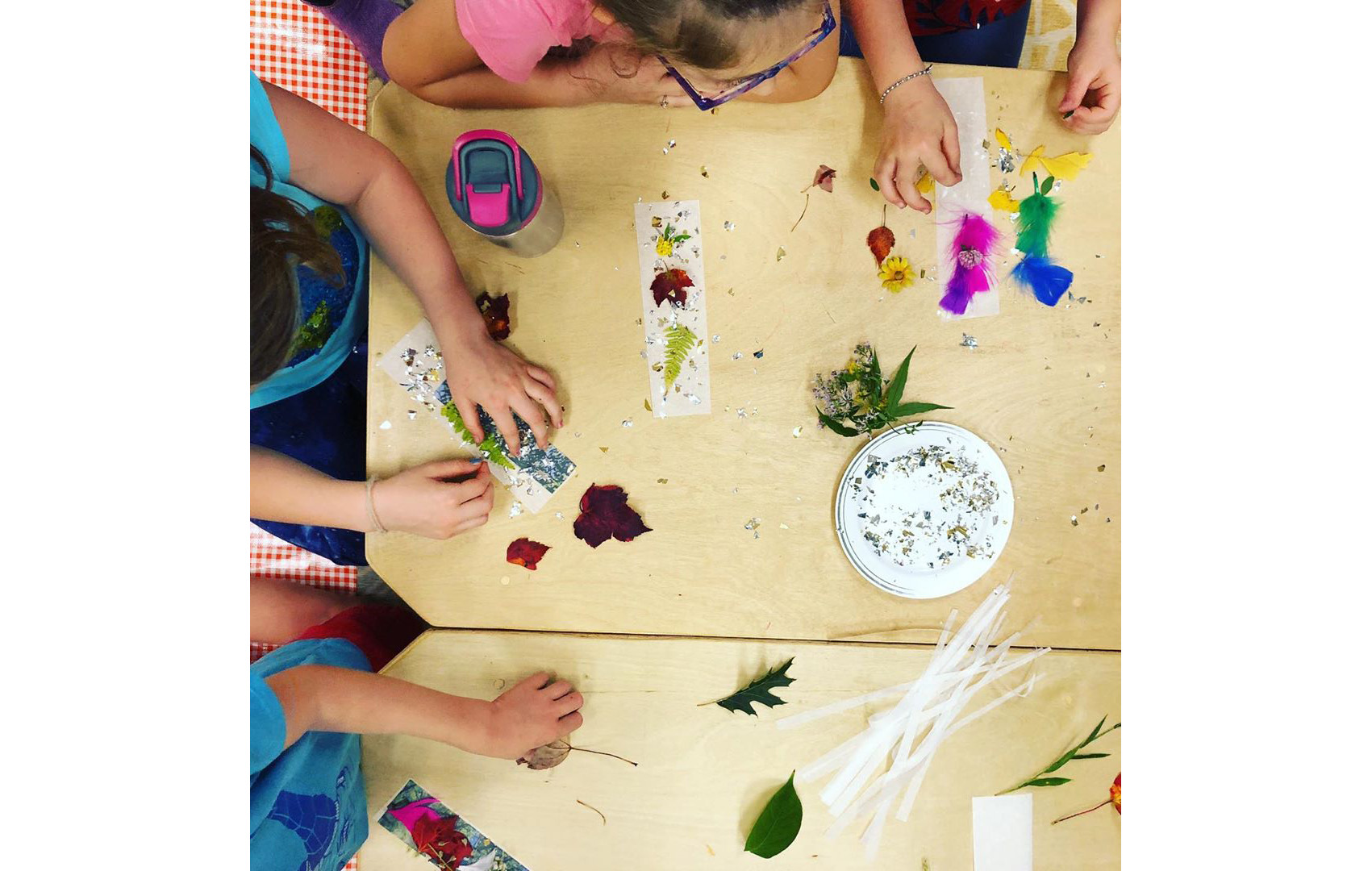Middle Way Education’s Thematic Units Overview

About This Resource
Details
Middle Way Thematic Units Overview
Organizing the learning at Middle Way
Here is the latest version of this document as a Google Doc
Middle Way Education si developing a pre-k to grade 12 curriculum framework with scoped and sequenced learning indicators. This is the skeleton, the infrastructure for the rest of the curriculum.The flesh of the curriculum are these thematic units, rich with lesson plans, guiding questions, teacher resources and more. Each unit has a flexible duration of 1 week to 2 months and is designed so that it can be adapted to suit the structure of a variety of learning environments, whether it be a school or a camp or even at home.
One of the beautiful things about the dharma is that almost anything can become an entry point for understanding. There are countless pathways to approach the truth. For simplicity’s sake, Middle Way selected 8 themes drawn from traditional Buddhist practice and study that seem most fertile for student inquiry.
- Taking Your Seat
- Refuge
- Bodhicitta
- Impermanence
- Cause and Effect
- Lineage
- Interconnection
- Harmony
The units are refined and tailored by the teachers and advisors to meet the developmental stages of the children. We begin by shining light on the children’s innate knowledge and instincts and then help cultivate their understanding in age-appropriate ways—engaging the body, speech, and mind with increasing subtlety and depth over the course of their education.
The teachers at our flagship school, the Middle Way School use the themes to draw connections between their academic coursework and larger issues. Science, literacy, social studies, nature study, practical skills, movement, and art are easily woven into each unit. For example, a study of ecosystems and life cycles proved to be a great lens for exploring interconnection; Aikido makes the study of cause and effect experiential; A study of the local watershed or delving into historical biographies brings immediacy to the understanding of lineage; and so on.
Inquiry as the Basis
Each unit is designed to build on the natural interests and understandings of children. Essential Questions are open-ended questions that teachers can use to promote student learning by building on their natural curiosity. The same questions may be used year after year, and as students mature, they will find their answers and their findings result in a deeply grounded understanding of these core concepts.
Sequence
At Middle Way, we begin the year with a unit called Taking Your Seat, which helps children settle into the school year, create a sacred boundary around their campus, learn rhythms, make friends, and understand their roles and responsibilities. The rest of the units are interchangeable. We recommend working with the immediate environment of the school, taking note of the seasons and celebrations that might have natural intersections with a theme. The themes can be repeated each year, spiraling through all the grade levels. What refuge looks like for a preschooler is both the same and very different for a highschooler.
Here is a brief outline of the themes we have explored thus far.
